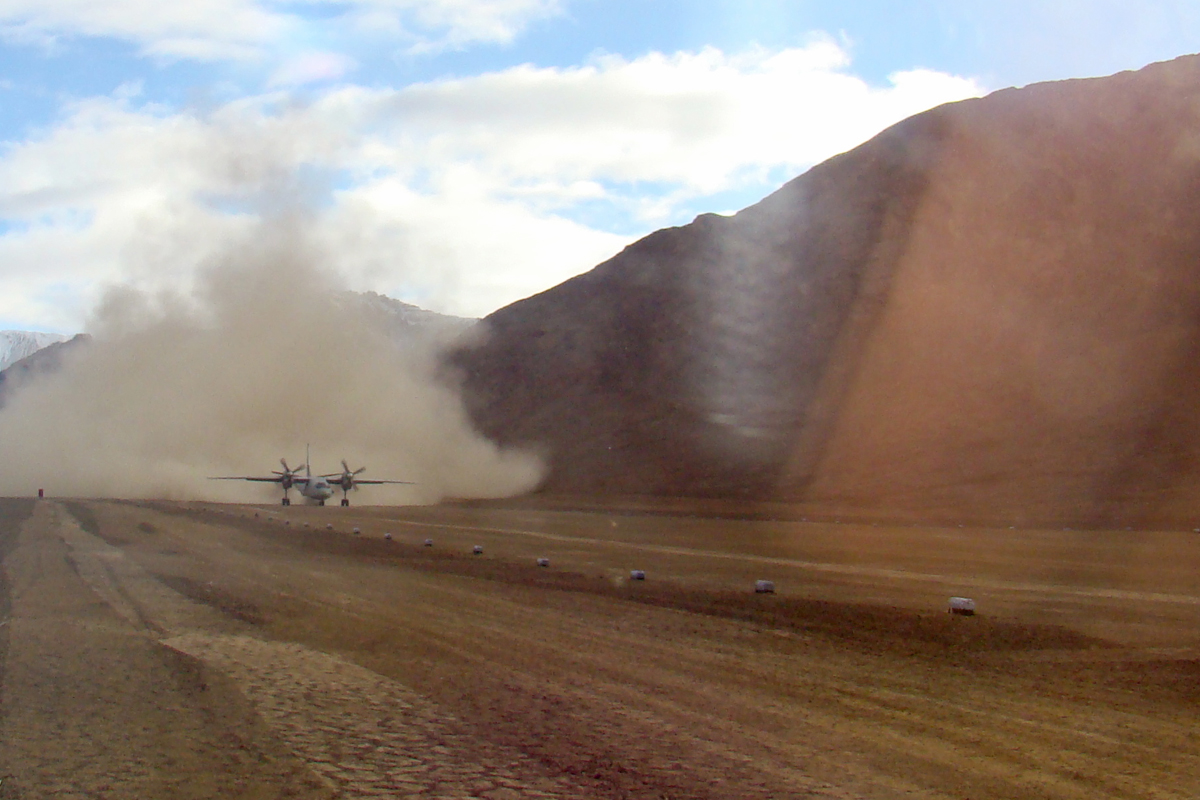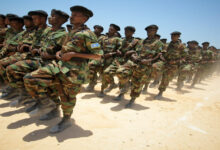Nyoma Advanced Landing Ground Upgraded For Fighter Jets In Eastern Ladakh

- The infrastructure includes airports that can be used for both civilian and military flights, roads, places for people to live
- China has also improved roads across from eastern Ladakh and strengthened alternate approaches around its Moldo garrison across from the south bank of Pangong Tso.
Defense sources stated that work has begun this week to expand the Advanced Landing Ground (ALG) at Nyoma in eastern Ladakh. This is part of the ongoing work to build infrastructure along the Line of Actual Control (LAC). It will make the runway longer than 9,000 feet, so fighter planes will be able to use it. A defense official said that the Indian Air Force (IAF) is also making changes to fighter jet engines so that they can be started at high altitudes.
A defense official said, “The ceremony to break ground was held early this week, and it is expected to take two or three years to finish because of the short working seasons.” The concrete runway will be lengthened to between 9,000 feet and 10,000 feet so that all attack planes can use it.
Nyoma is near the south bank of Pangong Tso and is about 4,200 meters above sea level. In eastern Ladakh, it is very close to the LAC.
ALGs are located at Daulat Beg-Oldie (DBO) and Fukche. The IAF also has airfields in Leh and Thoise. But the Leh and Thoise airfields are much farther from the border. Officials who know the area said that the weather at Nyoma is much more stable than at the other two airfields, which makes it possible to run operations without any problems.
At the height of the standoff in 2020, the IAF moved its Mi-17 medium lift, CH-47F Chinook heavy lift, and AH-64E Apache attack helicopters to Nyoma to support troops in forward areas and do surveillance and information gathering.
Also, to make it easier for fighter jets to take off from airfields at high altitudes, the engines are being changed so that they can start at very low temperatures. Officials say that during the winter, temperatures in the area drop to -40 degrees Celsius. The above person said that this is being done everywhere as needed.
For example, when the Army put tanks and artillery at an altitude of 15,000 feet, they had to find ways to keep the equipment running in the harsh circumstances. During the standoff, the K9 Vajra tracked self-propelled howitzers, which were mostly made for deserts, were sent to the eastern part of Ladakh. To make sure they worked well, the Army bought nine-piece “winterization kits.” These kits include batteries, oils, and lubricants that need to be protected from high temperatures and won’t freeze at -20 degrees Celsius and below.
In the last three years, China has upgraded and built new airfields in this area as part of its building drive along the 3,488-km-long LAC. This has permanently changed the way things were before. The infrastructure includes airports that can be used for both civilian and military flights, roads, places for people to live, ammunition dumps, and other things.
China has also improved roads across from eastern Ladakh and strengthened alternate approaches around its Moldo garrison across from the south bank of Pangong Tso. This is part of an effort to make China less vulnerable, like when the Indian Army put tanks and troops on mountain peaks in the Kailash range that look out over the gap in August 2020.







Facebook Comments